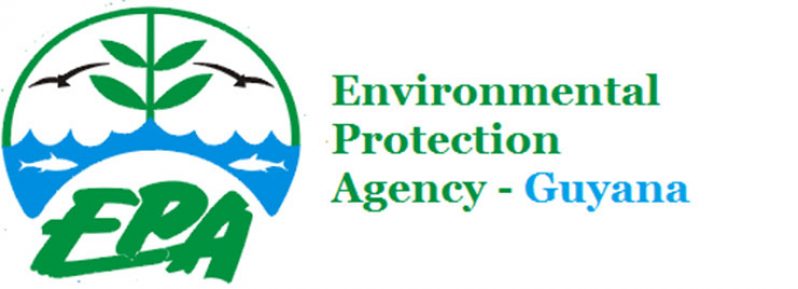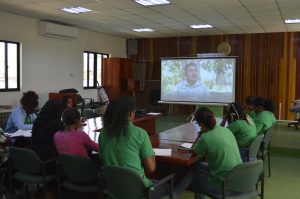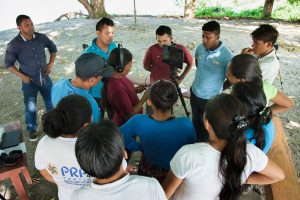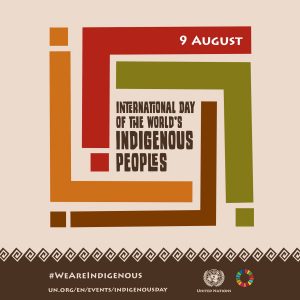IN MANY parts of the world, the indigenous peoples are seen as a very vulnerable and marginalised group. More often than not their rights were trampled and they had little or no inputs into the developmental process. However, the United Nations have recognised the need for inclusivity of indigenous populations and protection of their rights. To this end, the United Nations Assembly in 1994 designated August 9th each year, as the International Day of the World’s Indigenous Peoples.
This year’s celebrations will be held under the theme, “Indigenous peoples’ migration and movement”. Movement of indigenous people has been associated with the loss of traditional lands or restricted access to resources due to development and other pressures. Many therefore migrate to urban areas in search of a better life including access to education and employment. The disadvantage of such migration though is associated with loss of traditional customs and practices (knowledge). During this year’s observance focus will be placed on exploring the challenges and way forward to revitalise indigenous peoples’ identities and encourage the protection of their rights in or outside their traditional lands.
Did you know? There are an estimated 370 million indigenous people in the world, living across 90 countries. They make up less than five per cent of the world’s population but account for 15 per cent of the poorest. They speak an overwhelming majority of the world’s estimated 7,000 languages and represent 5,000 different cultures. [Source: United Nations]
RECOGNISING THE CONTRIBUTIONS OF OUR INDIGENOUS PEOPLES IN GUYANA
As global issues of biodiversity conservation increase due to habitat destruction, climate change and increased demand on resources due to human population growth, there is a need for more acknowledgement and recognition of the sustainable way of life of indigenous peoples. For hundreds of years, many traditional customs and practices have innately promoted the wise use of rainforest and freshwater resources. As avid hunters and gatherers, they have proven themselves to be most knowledgeable of the natural world. Traditional hunting and fishing methods continue to be used to this day which clearly supports sustainable-use and conservation efforts in stark comparison to the conservation impacts of present-day methods involving the use of high-powered firearms and fishing seines for example.
Today, while many indigenous communities have adapted and incorporated some of these methods for hunting and fishing, the principle of sustainable and wise use of resources remains at the forefront. However, due to a lack of job opportunities, the threat of over-exploitation and overharvesting of resources is becoming a challenge.
SUCCESS STORIES IN GUYANA
Here in Guyana, there are some success stories to be proud of. The people of the Rupununi, predominantly the Makushi and the Wapishana indigenous nations, have stood firm in promoting their traditional customs at the village level. They have been strongly engaged by the government and non-governmental agencies in conservation efforts. Not surprisingly, our indigenous peoples of the Rupununi are closely associated with the successful management and protection of the Iwokrama Rainforest and the Kanuku Mountains. Also, in the Deep South Rupununi, the Wai Wai nation of Konashen is the first ‘community-owned’ Conservation Area – an official Protected Area under the Protected Areas Act of 2011, in Guyana.
The Shell Beach Protected Area in the North-West District in Region One of Guyana has strong ties too with the indigenous communities present there – the Arawak, the Carib and the Warrau nations. Their traditional way of life continues to support the protection of this region’s unique ecosystems and the diverse biodiversity which they support.
Indeed, the importance of recognising, respecting and better engaging the indigenous peoples of our country is vital in our quest for a sustainable development.
ADDRESSING UNDERLYING CHALLENGES
The United Nations states that “Indigenous peoples from around the world share common problems related to the protection of their rights as distinct peoples. Indigenous peoples have sought recognition of their identities, way of life and their right to traditional lands, territories and natural resources for years, yet throughout history their rights have always been violated. Indigenous peoples today, are arguably among the most disadvantaged and vulnerable groups of people in the world. The international community now recognises that special measures are required to protect their rights and maintain their distinct cultures and way of life.”
With that in mind, and acknowledging that Guyana too needs to take more steps to recognise and respect the rights of our indigenous peoples, several actions have been taken in this direction. The government has several projects that clearly seek to advance issues such as lack of youth employment – through their Hinterland Employment and Youth Service (HEYS) Programme; access to education – through the hot-meal projects and hinterland scholarship programme; and access to traditional lands – through the Amerindian Land Titling Project to name a few.
From a biodiversity conservation lens, Guyana’s obligations to the Convention for Biological Diversity (CBD) includes working towards achieving several Aichi Targets, one of which speaks specifically to indigenous peoples and more specifically the preservation of their traditional knowledge.
Aichi Target 18 states that by 2020, the traditional knowledge, innovations and practices of indigenous and local communities relevant for the conservation and sustainable use of biodiversity, and their customary use of biological resources, are respected, subject to national legislation and relevant international obligations, and fully integrated and reflected in the implementation of the Convention with the full and effective participation of indigenous and local communities, at all relevant levels.
With this target in mind, a Darwin Project (UK-funded) entitled ‘Integrating Traditional Knowledge into National Policy and Practice’ is underway and seeks to work collaboratively with the Ministry of Indigenous Peoples’ Affairs, the Environmental Protection Agency, the Protected Areas Commission and local Indigenous NGOs such as the North Rupununi District Development Board (NRDDB), the Kanuku Mountains Communities Representative Group (KMCRG) and the South
Central Peoples Development Association (SCPDA).
The project aims to provide policy-level guidance, capacity development and research-led experience for the incorporation of traditional knowledge into local biodiversity conservation decision-making, monitoring and policy development. The project thus has been targeting communities associated with the established Protected Areas in Guyana.
Recognising the challenge of the lack of indigenous community members’ input in decision-making, a communication approach of participatory video dialogue is being trialled. The participatory video involves community members sharing their views and opinion as it relates to issues that affect them and providing recommendations to relevant stakeholders – without those stakeholders even coming to them. This is one capacity building activity that the project has begun to engage Indigenous communities being worked with.
To learn more about this project, please visit our website at http://projectcobra.org/cobra-project/traditional-knowledge-and-conservation-in-guyana/ and follow us on Facebook at Project COBRA.
As we join the world in observing the International Day of World Indigenous Peoples, consider the uniqueness of each of Guyana’s peoples. In doing so, let us acknowledge and respect the role of Guyana’s Indigenous peoples in maintaining the natural beauty and protecting our country’s unique and diverse biodiversity and ecosystems.



.jpg)












